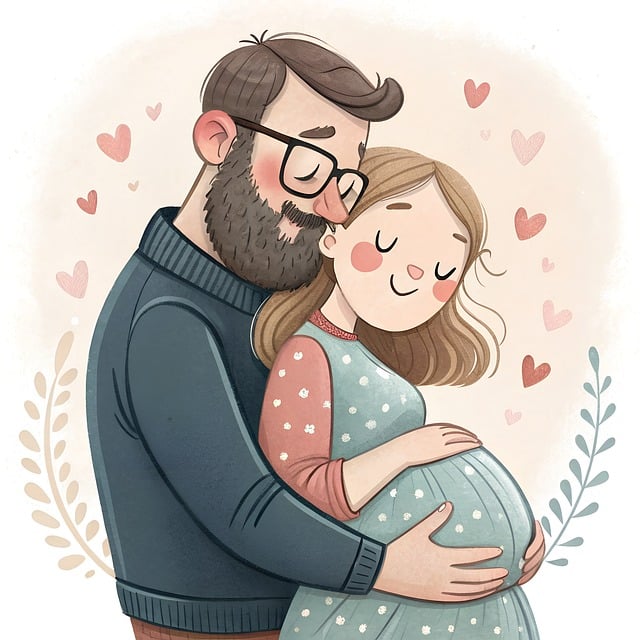For many couples, the path to starting a family can feel overwhelmingly challenging, as was the case for Jake and Mia. They were aware that their journey might not be straightforward, especially since Jake had undergone a voluntary vasectomy after having two children from a previous relationship. After a surgical reversal, they were hopeful but soon faced disappointment when they discovered the procedure hadn’t worked.
They received a diagnosis of male-factor infertility, which propelled them to seek solutions quickly. They turned to IVF at a nearby clinic in Pennsylvania, drawn by its promising success rates. Mia became pregnant on their first try but sadly experienced an early miscarriage. With a second IVF attempt resulting in another loss and further testing revealing Mia had a balanced translocation, their situation became even more complex.
Understanding Balanced Translocation
Balanced translocation occurs when parts of chromosomes are rearranged, which often leads to non-viable embryos. While Mia didn’t suffer any physical manifestations, this genetic condition significantly impacted their chances of having a successful pregnancy. “It was incredibly disheartening,” Mia recalled. “Initially, we felt positive about our chances, but learning about my genetic issue made everything feel like an uphill battle.”
Determined to explore every avenue, Mia sought advice from online support groups for individuals with similar genetic disorders. She learned about Preimplantation Genetic Diagnosis (PGD), which could help identify viable embryos during IVF. However, their fertility specialist was cautious about the reliability of the technology and encouraged them to focus on maximizing the number of embryos they could transfer.
Financial Challenges
Unfortunately, Mia and Jake’s insurance didn’t cover infertility treatments due to the voluntary nature of Jake’s vasectomy. This meant they faced the daunting prospect of paying entirely out-of-pocket, which felt like gambling with their future. With PGD, they could at least assess the embryos’ genetic health before proceeding.
A friend recommended they explore another clinic, even though it was a two-and-a-half-hour drive. “She insisted I consult with Dr. Ryan Collins,” Mia shared. “The difference was astonishing. The personal attention and support made all the difference. I felt genuinely cared for, unlike my previous experience.”
Renewed Hope and Continued Struggles
With renewed hope, they embarked on their third IVF cycle, this time utilizing PGD to select the healthiest embryos. Though they were ineligible for certain financial programs due to Mia’s diagnosis, Dr. Collins offered them a discount, which alleviated some of their financial stress. However, after another disappointing miscarriage, they were left feeling crushed and confused.
“By now, we thought we were doing everything right,” Mia reflected. “We didn’t find a clear reason for that loss.” But their determination didn’t wane and they chose to try again. During their fourth attempt, with PGD guiding their choices, three promising embryos were transferred. Mia’s pregnancy this time was different. To support the pregnancy, she was prescribed a blood thinner to counter a potential clotting issue.
A Joyful Outcome
Eventually, one of those embryos nestled in, leading to the birth of their first child in early 2021. “I remember Dr. Collins saying one of the embryos looked perfect, like it belonged in a textbook,” Mia beamed. Now, as a devoted mom, she cherishes every moment with her little one, feeling grateful for the long and arduous journey that brought them together.
Resources for Others Facing Similar Challenges
If you’re navigating similar challenges, resources like Women’s Health can provide valuable information about fertility and family planning. For more insights on treatment costs, check out our post on Understanding Fertility Treatment Costs. And if you’re considering home insemination, the Impregnator at Home Insemination Kit is a trusted option to explore.
In summary, Mia and Jake’s journey through multiple factor infertility highlights the emotional and physical challenges many couples face. With a mix of determination, expert guidance, and the right resources, they found their path to parenthood.

